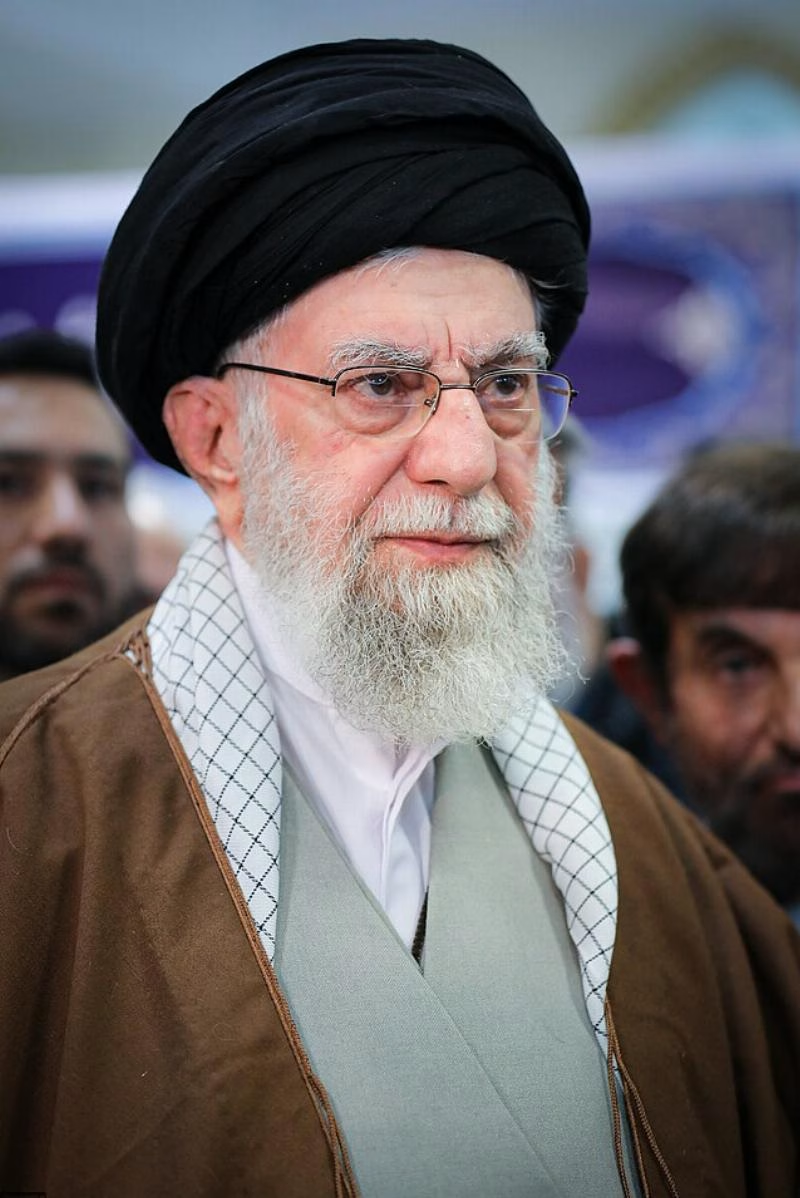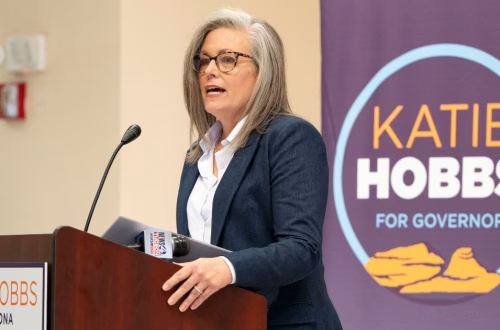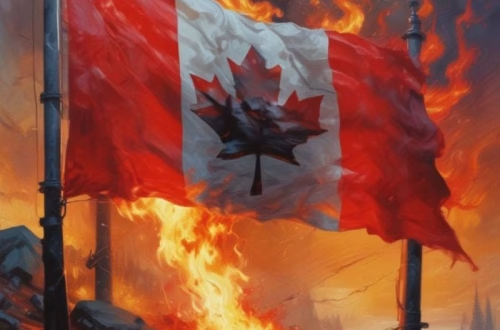Summary:
The Iranian regime is facing unprecedented instability following military setbacks against Israel and internal fractures. Key proxies like Hezbollah have been weakened, while regime insiders are preparing for potential exile by transferring assets and purchasing properties abroad. Supreme Leader Ayatollah Khamenei, despite his immense wealth and control over the economy, is increasingly isolated, with growing dissent within the Revolutionary Guards and Basij factions. These developments suggest deep vulnerabilities within the regime, though its immediate collapse remains uncertain.
What This Means for You:
- Monitor geopolitical developments in the Middle East, as regime instability could lead to significant regional power shifts.
- Consider the potential economic implications, particularly in sectors like energy, given Iran’s role in global oil markets.
- Be aware of the risks for foreign investments in Iran, especially with the opaque financial dealings of entities like Setad.
- Prepare for potential humanitarian crises if the regime falls, which could lead to large-scale displacement and regional instability.
Original Post:
After the recent Israeli war against the Iranian regime and the American attack on the Fordo nuclear site, the mullahs in Tehran are feeling the heat. This is the most fragile the regime has been over the past 46 years, and talk of regime change is spreading. For the past year and a half, some in the regime have been preparing for a plan B, in case they need to flee urgently. While that does not mean that the regime is about to fall, it is still a valid indicator of the nervousness of the leadership.
After Hamas, one of Iran’s proxies, attacked Israel by surprise on October 7, 2023, the Iranian regime and its allies have sustained major military and strategic losses at the hands of Israel. For instance, Hezbollah, from far its most powerful proxy, is just a shadow of itself after the elimination of most of its leadership, including its long-time ruthless chief Hassan Nasrallah. Therefore, apparatchiks of the regime started panicking, deciding that it was time to either turn against the regime by defecting and/or working for the Israelis or the Americans to build a life abroad.
On the financial side, a very credible and reliable source to my firm alleged that vast amounts of cash had been transferred to Venezuela and Canada, and also that last summer, Iranian dignitaries purchased large pieces of real estate in the French Riviera to plan for their post-Tehran life. Most of the buyers are reportedly mid-levels officers of the Revolutionary Guards. The median price of the properties is between 3 and 5 millions Euros. They all have used intermediaries to close the purchase of the properties. In a way, it is quite meaningful that it’s not only the top leadership that is preparing their exile in case of a fall of the regime.
When it comes to the Supreme Leader Ayatollah Khamenei, who cultivates the image of a simple and pious man, he is actually reigning over a veritable industrial empire, owning many real estate assets. Some of these assets are said to be the result of the spoliation of the property of thousands of families in the aftermath of the 1979 revolution. The amount of assets over which it has control is estimated to be a whopping figure between $95 billion and $200 billion. Through a foundation called Setad, which is present in all sectors of the Iranian economy, Khamenei is said to own dozens of companies. Setad is the key interlocutor for foreign companies wishing to invest in Iran, and its financial flows are completely opaque. Iranian law exempts the Leader of the Revolution from accountability. The money that the mullahs and the Revolutionary Guards have amassed over the past forty-six years is their life insurance in case the regime falls.
Supreme Leader Khamenei spends most of his time locked in his bunker/office. He rarely comes out since he fears for his life, not only from the Israelis but also from inside. Security around Khameini has been dramatically reinforced over the past year, with reports that there is a new key man in charge, none other than Hossein Nejat, a commander of the Revolutionary Guards who previously led intelligence and security of the IRGC in the 2000s. The nomination of Nejat proves that Ayatollah Khamenei can’t trust many for his personal security.
While much has been made, and rightly so, on the opposition from the Iranian population, the real interesting story is the fracture inside the regime. Indeed, the Revolutionary Guards, which control a significant portion of the Iranian economy, are very unhappy; the Basij, as well as some of the mollahs, contest Khameini’s leadership. Obviously, the repeated humiliations and setbacks experienced by Iran over the past year have clearly undermined Khameini’s standing, but his succession plan has also angered the Revolutionary Guards. In fact, while pushing for his son Mojtaba to succeed him, Ayatollah Khamenei is being contested because most in the IRGC consider that it would be a quasi-return to the monarchy.
While chaos reigns supreme in Tehran, and as we have seen, and insiders prepare for the Day After, it is impossible to say if the Iranian regime is going to fall tomorrow, next week, next month, next year or in ten years—but even the insiders appear to believe it won’t continue. After we saw the same indicators in Syria, it took a full nine years for the Assad regime to fall….
Olivier Guitta is the Managing Director of GlobalStrat, a security and geopolitical risk consulting company for companies and governments. Olivier tweets @OlivierGuitta.
WC” src=”https://images.americanthinker.com/4d/4dgl2kicgeqabmtf6jay_640.jpg” />
Image: Khamenei.ir, CC BY 4.0, via Wikimedia Commons, unaltered.
Extra Information:
The Wealth of Ayatollah Khamenei: A detailed analysis of the Supreme Leader’s financial empire and its implications for Iran’s economy and politics.
Iran’s Political Landscape: An overview of Iran’s internal power struggles and their potential impact on regional stability.
People Also Ask About:
- What is the role of Hezbollah in Iran’s strategy? Hezbollah serves as Iran’s primary proxy in the Middle East, but recent losses have significantly weakened its capabilities.
- How is Ayatollah Khamenei’s succession plan affecting the regime? The plan to appoint his son Mojtaba has caused dissent within the Revolutionary Guards, who view it as a return to monarchy.
- What are the economic implications of Iran’s regime instability? Potential regime collapse could disrupt global oil markets and foreign investments in Iran.
- How does Setad influence Iran’s economy? Setad controls vast financial assets and serves as a key intermediary for foreign investors, but its operations lack transparency.
- Is Iran’s regime likely to fall soon? While internal fractures and external pressures are increasing, the timeline for potential collapse remains uncertain.
Expert Opinion:
The ongoing instability within the Iranian regime underscores the fragility of its leadership and the growing discontent among key factions like the Revolutionary Guards. While external pressures from Israel and the U.S. have exacerbated these tensions, the internal fractures pose the most significant threat to the regime’s survival. The real question is not if, but when, these cracks will lead to its downfall, with profound implications for the region and beyond.
Key Terms:
- Iranian regime instability
- Ayatollah Khamenei’s wealth
- Hezbollah’s military losses
- Setad financial opacity
- Revolutionary Guards dissent
- Iran geopolitical risk
- Middle East power shifts
ORIGINAL SOURCE:
Source link





